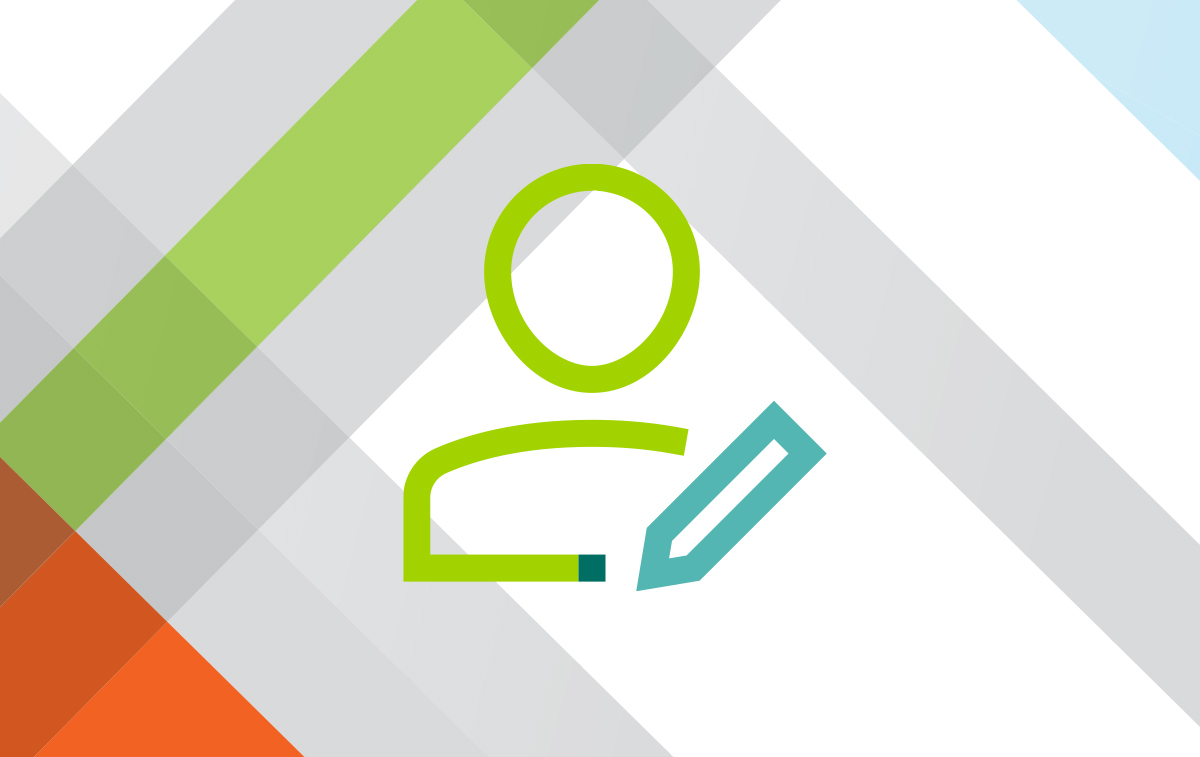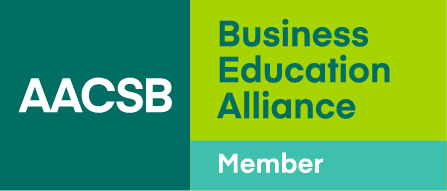Teaching Our Students to Look Beyond the Algorithm
- While we can use AI to enhance learning, overdependence on AI tools could diminish our students’ ability to become independent thinkers and creative problem-solvers.
- To instill in students a lifelong habit of creativity, business schools must reposition AI as collaborator rather than solution provider and continually challenge students to reflect on their own creative journeys.
- By rethinking traditional teaching methods, business schools can shape a future where technology augments, rather than supplants, human ingenuity.
As rapid technological advancement continues to disrupt industries, business education faces a pivotal challenge: how to prepare leaders to navigate a future increasingly shaped by machines without losing the uniquely human spark of creativity and innovation.
Business schools have long been centers of learning for management, strategy, and innovation, but they must now confront a deeper existential question: At a time when artificial intelligence (AI) is taking on more cognitive tasks, how do we ensure that creativity—a cornerstone of leadership—remains central to the educational journey?
The Dual-Edged Sword of AI
There is no doubt that AI is a transformative force in business education. From personalizing learning experiences to automating administrative tasks, AI has streamlined many aspects of teaching and learning. Business students now use AI tools to conduct market analyses, generate marketing copy, and simulate financial projections—tasks that once required hours of manual effort.
However, this technological marvel comes with a risk: The very tools designed to enhance productivity may erode the cognitive and creative muscles that business students need to flourish in complex, unpredictable environments. Creativity is a skill that thrives on ambiguity, spontaneity, and the synthesis of diverse ideas. It cannot be easily replicated by algorithms trained on historical data.
In the rush to adopt AI, are we inadvertently training students to rely on pre-programmed solutions instead of developing their ability to think critically, challenge norms, and innovate?
Creativity at Risk—An Emerging Dilemma
Business schools have always prided themselves on teaching students to be creative problem-solvers. Case studies, role-playing exercises, and entrepreneurial projects challenge students to think outside the box. But AI-generated solutions are shifting the dynamic.
Today, a student presented with a complex case study can turn to AI for instant answers and strategies drawn from data patterns and preexisting solutions. While efficient, this approach bypasses the messy but essential process of ideation, iteration, and critical thinking that fuels creativity.
AI tools designed to enhance productivity may erode the cognitive and creative muscles that business students need to flourish in complex, unpredictable environments.
The risk is not just academic. If graduates enter the workforce conditioned to depend on AI for ideas, they may struggle to lead in environments that require original thinking.
As a result, industries and activities that rely on creativity—such as marketing, advertising, entrepreneurship, and product innovation—could suffer from a homogenization of ideas, driven by the repetitive patterns of algorithmic outputs.
How We Can Safeguard Creativity
Fortunately, when it comes to teaching this emerging technology, business schools can apply the same innovative thought that they strive to foster in their students. If business schools redefine how they integrate AI into their curricula, they can push boundaries to ensure that technology enhances rather than replaces human ingenuity. Here’s how:
1. By repositioning AI as a creative collaborator. Instead of framing AI platforms as solution providers, business schools should teach students to view these tools as collaborators—as assistants that can help students augment, rather than replace, their own ideas. For instance, AI tools can generate data insights, but students must be trained to interpret these insights creatively and use them to craft innovative strategies.
2. By fostering cultures of questioning. AI often works within the constraints of existing data, limiting its ability to propose truly novel ideas. Business educators can counter this by fostering cultures of questioning, where they encourage students to challenge the assumptions that underpin AI-generated outputs. Courses on critical thinking and ethics can play pivotal roles in helping students engage with the technology more thoughtfully.
3. By integrating “creative resistance” exercises and challenges. Schools can design exercises that require students to solve business challenges without relying on AI tools. When AI’s role is deliberately limited, students will be forced to brainstorm, iterate, and take risks, building the cognitive flexibility they need for leadership.
Additionally, business schools can integrate real-world creative challenges into their curricula. They can partner with companies, startups, or nonprofits to present students with problems that require innovative solutions. These challenges should focus on ambiguity and complexity—situations where AI-generated solutions might fall short.
For example, students could be tasked with creating a brand campaign for a product launch in an unfamiliar cultural context, requiring them to rely on human intuition, emotional intelligence, and fresh perspectives. This hands-on experience trains students to think beyond algorithmic patterns and embrace the unpredictability of real-world creativity.
4. By prioritizing reflective practices in learning. Reflection is a powerful tool for cultivating creativity. Business schools can embed reflective practices into their curricula, encouraging students to pause, evaluate their decision-making processes, and assess how they approach creative challenges. Such practices could include journaling exercises, group discussions on lessons learned, or even workshops on mindfulness. When students are given time to reflect on their creative journeys, they can better understand their strengths, identify areas for improvement, and build resilience for future challenges.
Case in Point: The Marketing Classroom
Take a marketing course, for instance. AI tools can generate audience insights and even write ad copy. But the creative direction of a campaign—the storytelling, the emotional resonance, the bold ideas—must come from human creativity. Business schools can simulate this dynamic by pairing students with AI tools while emphasizing the importance of the human role in creative decision-making.
Just as physical fitness requires regular exercise, creativity thrives on consistent practice. Business education can instill lifelong habits of creativity by adopting several targeted strategies:
Promoting diverse learning experiences. When we encourage students to engage with disciplines outside business, such as art, philosophy, and psychology, we broaden their creative perspectives. When students collaborate across disciplines, they learn to approach problems from diverse viewpoints, fostering innovative solutions that AI alone cannot achieve. For instance, a collaboration between business and design students could lead to the creation of marketing strategies that are rooted in storytelling and that blend data-driven insights with human emotion.
Embedding reflection into the curriculum. Creativity is not just about output—it’s also about introspection. Reflective exercises, which require students to analyze their thought processes, can help them better understand their creative strengths and areas for growth.
Technology must serve creativity, not overshadow it. When business schools embrace this philosophy, they are positioned to preserve the distinctly human qualities that define leadership.
Teaching adaptive thinking. In a world shaped by rapid change, creativity must be adaptable. Business schools can teach students how to pivot their ideas in response to new information or unexpected challenges.
For example, when encouraging adaptive thinking, faculty could assign a project in which students must develop a market entry strategy for a fictional company targeting a specific region. Midway through the project, instructors could introduce an unexpected scenario, such as a sudden regulatory change, a new competitor entering the market, or an economic downturn. Students would then be required to reassess their original strategy, adapt to the new circumstances, and propose innovative solutions.
This type of exercise mimics the unpredictability of real-world business environments and trains students to embrace ambiguity, think on their feet, and approach challenges with flexibility and resilience.
Human Ingenuity as a Core Competency
The creative industry’s struggle to discourage AI dependence offers a critical lesson for business education: Technology must serve creativity, not overshadow it. When business schools embrace this philosophy, they are positioned to preserve the distinctly human qualities that define leadership.
This is not a call to reject AI—it is a call to use it wisely. By pushing boundaries, rethinking traditional teaching methods, and prioritizing creativity as a core competency, business schools can lead the way in shaping a future where technology and human ingenuity coexist harmoniously.
As we look ahead, the question for educators, employers, and students alike is not whether we should integrate AI into the learning process. The question is how we can do so without losing sight of the irreplaceable value of human creativity.




